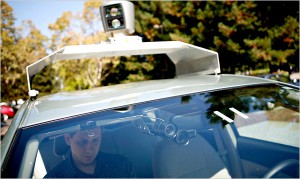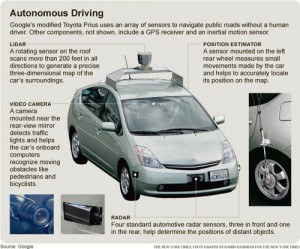Европа заема първо място за най-много регистрирани киберпрестъпления. Още през първите няколко месеца на 2010 година Старият континент скоростно изпревари Азия, Южна и Северна Америка. Тази обезпокоителна информация пристигна от експерти, работещи дълги години в областта на сигурността в мрежата. Същевременно специалистите споделиха и теориите си защо Европа се превърна в най-рискования и благоприятния за дейността на хакерите континент.
На първо място, Китай намали драстично хакерските заплахи в страната. Многобройните мерки, които правителството предприе, макар и не толкова демократични, повлияха положително на онлайн сигурността. През последните месеци управляващите в Китай започнаха да убеждават местните интернет доставчици да намалят нелегалната си дейност. Политиката на Китай обяснява и защо спамът от страната започва все повече да намалява. Всичко това, разбира се, подтиква хакерите да се оттеглят от Азия и да изберат друг регион, в който да вършат непозволените си действия. Очевидно, киберпрестъпниците са предпочели Европа.
Подобен напредък в борбата срещу киберпрестъпността се наблюдава и в страните от Южна Америка. Управляващите в Бразилия, например, наскоро се похвалиха, че в страната значително е намалял рискът в онлайн сигурността. Същевременно заразените компютри както на масовата аудитория, така и тези в големите корпорации и институции, са намалели като бройка.
Експертите изразиха мнение, че хакерите намират за изключително удобен за техните дейности региона на Източна Европа. В тази част от континента киберпрестъпността се е увеличила учудващо бързо за последните няколко години. Фирмите, специализиращи в онлайн сигурността, насочиха към потребителите си предупреждения да осигуряват защита не само за операционната система на своите компютри, но и за индивидуални приложения, както и периферни устройства, които биха могли да станат цел на атака. Специалистите твърдят, че до края на годината ще станем свидетели на много хакерски атаки върху приложения не само на персонални компютри и лаптопи, но и на смартфони и други подобни устройства.

